
24 TES Posiciones, direcciones, planos y cavidades anatómicas.
The Anti-Trendelenburg position increases intracranial pressure, which can lead to brain problems such as hemorrhage, edema, and ischemia. Respiratory Complications. The Anti-Trendelenburg position can cause respiratory complications, especially in patients with respiratory distress. The position can cause decreased lung volume, hypoxemia, and.

Patient Positioning in Steep Trendelenburg TrenGuard™ Restraint [Demonstration] YouTube
Currently, the Trendelenburg position is often used in lower abdominal surgeries, including colorectal, gynecological, and genitourinary procedures. In this position, gravity pulls the intra-abdominal organs away from the pelvis, allowing for better surgical access to the pelvic organs. In critical care settings, the Trendelenburg position is.

position antiTrendelenburg GDT
What is the Anti-Trendelenburg position? The Anti-Trendelenburg - also known as Reverse-Trendelenburg - is where the head is elevated higher than the feet by 15-30 degrees. Again, this position has been used in surgical and medical procedures to improve access to certain parts of the body, like the prostate and upper abdominal region.

Funciones Trendelenburg y Anti Trendelenburg en Camas Elevadoras YouTube
The Trendelenburg position is also used when placing a central venous catheter in the internal jugular or subclavian vein. The Trendelenburg position uses gravity to assist in the filling and distension of the upper central veins, as well as the external jugular vein. It plays no role in the placement of a femoral central venous catheter.
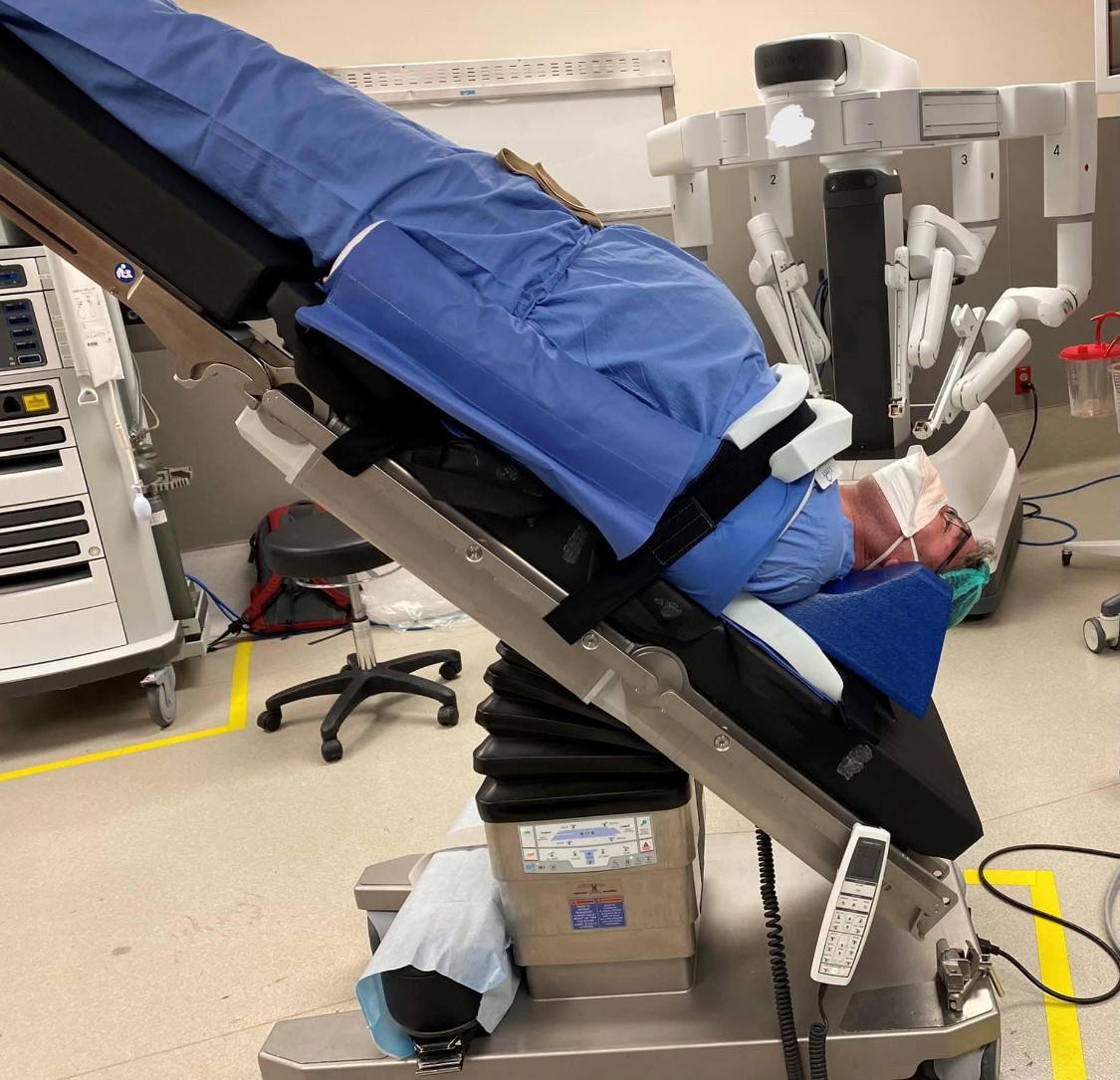
Trendelenburg Positioning Pad System, Robotic Surgery Face Protection
Cómo y cuándo se practica la posición de Trendelenburg inversa. Se practica en camas hospitalarias articuladas y consiste en inclinar la cama 25-30° para que la cabeza y el tórax queden en un plano más elevado que los pies (paciente en decúbito supino). Tiene beneficios sobre el cráneo para la contraextensión de espinal lesiones; ayuda.
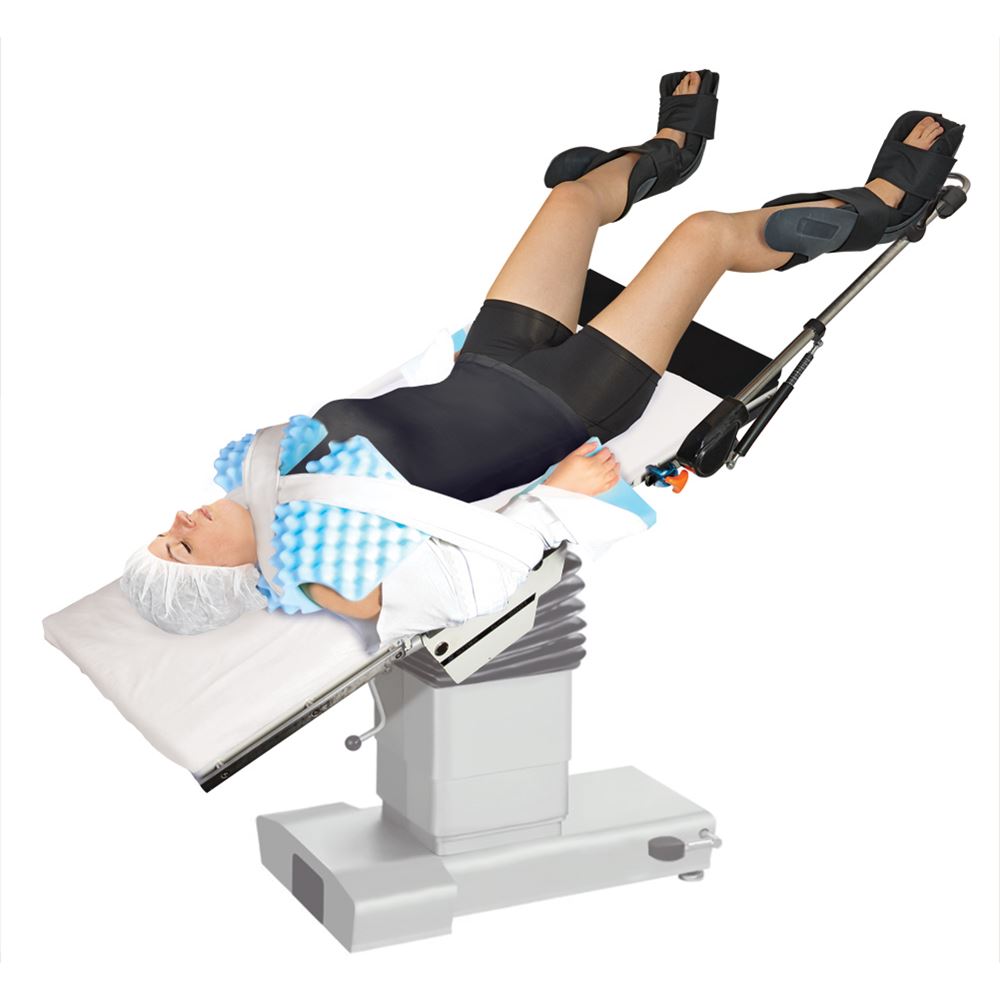
Trendelenburg Positioner Trendelenburg Stabilizer
Así como la posición Trendelenburg consiste en la elevación de los pies sobre la cabeza, la posición Anti-Trendelenburg es exactamente lo contrario. Es decir, igualmente los pacientes en esta postura se encuentran boca arriba, pero en esta ocasión la cabeza queda en un ángulo más elevado que las extremidades.
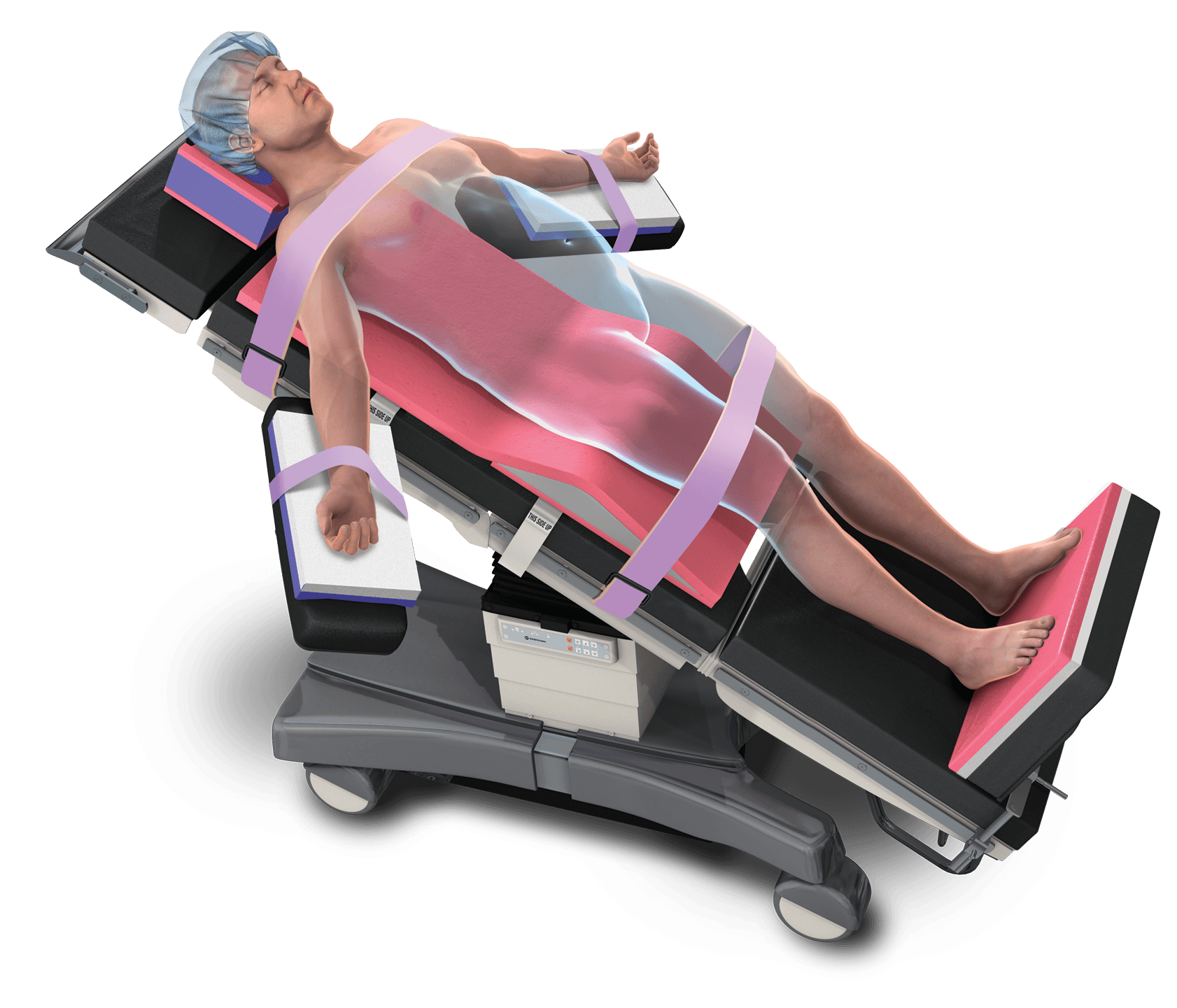
The Pink ReverseT Kit by Xodus Medical
Purpose of review: Laparoscopy is routinely performed for the treatment and management of gynaecologic disorders. During gynaecologic laparoscopy, the patient is placed in the Trendelenburg position to optimize visualization and access to the pelvis.

24 TES ¿En qué posición debemos de trasladar al paciente?
Posición de Trendelenburg. En la ciencia de la medicina, la posición de Trendelenburg es aquella en que se coloca al paciente en decúbito supino y con la cabeza más baja que los pies, de tal forma que se favorece por efecto de la gravedad el retorno de la sangre venosa hacia el corazón a través de la vena cava inferior. 1 2 .
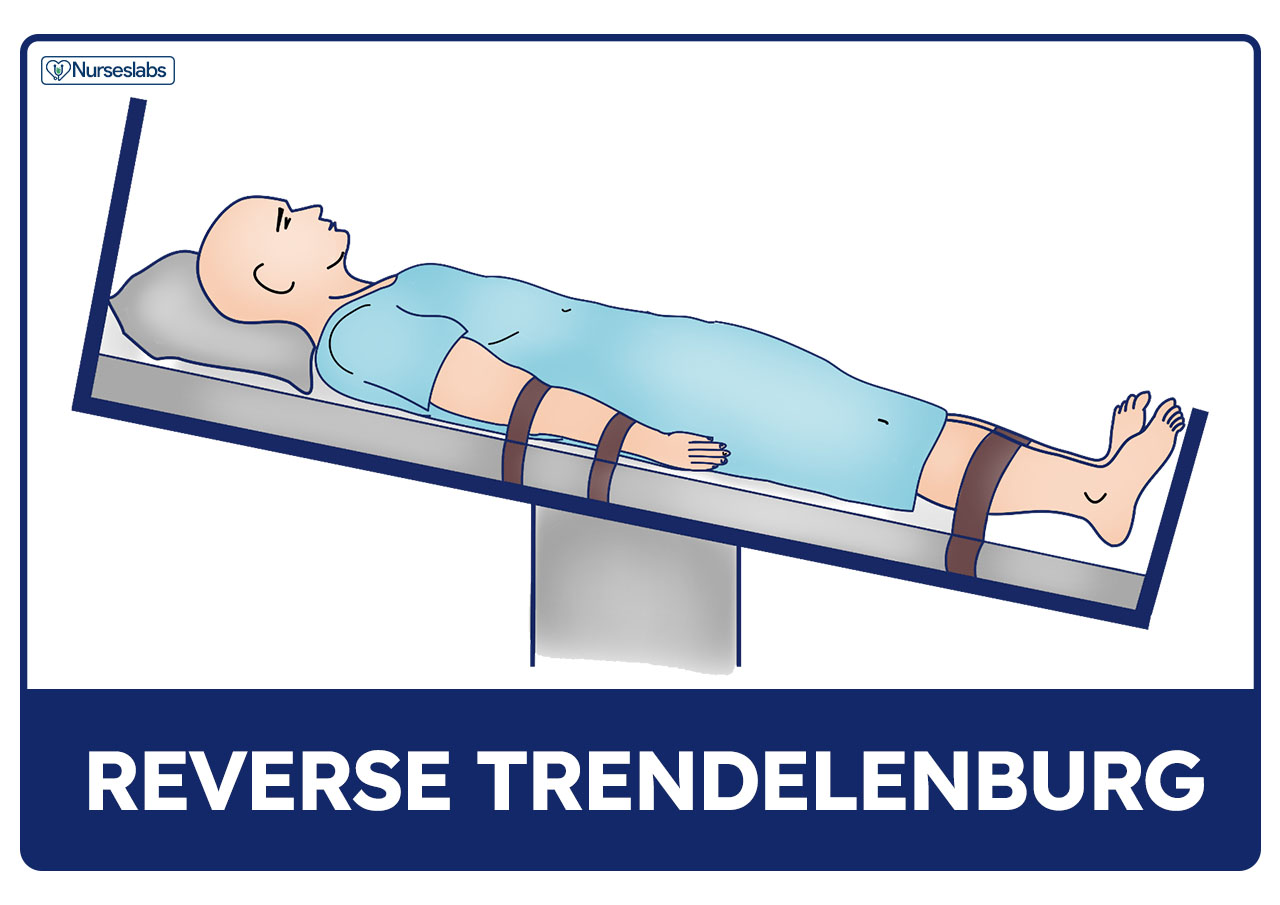
Patient Positioning Cheat Sheet & Complete Guide for 2023
The Ultimate Guide to the Trendelenburg Position. Positioning is imperative to patient safety during a surgical procedure. Proper patient positioning depends on the type and length of procedure, anesthesia access to the patient, devices required and other factors.

Resultado de imagen de posicion antitrendelemburg Gym, Gym equipment, Row machine
How and when the reverse Trendelenburg position is practised. It is practised in articulated hospital beds and involves tilting the bed at 25-30° so that the head and chest are on a higher plane than the feet (supine patient). It has benefits on the skull for the counter extension of spinal injuries; it aids the surgical drainage of pleural.

Operating Room Patient Positioning The Operating Room Global
Low fluid levels could result in acute renal failure, so it's important to find the right balance between maximum exposure of the surgical field and sufficient fluid use. 2. Standardize protocols. It's important to root out any inconsistencies in patient positioning practices because even minor variations can lead to major safety problems.

Storm Anesthesia Trendelenburg
Hypovolemia is a common clinical problem. The Trendelenburg position and passive leg raising (PLR) are routinely used in the initial treatment while awaiting fluid resuscitation. In this meta-analysis, we evaluated the hemodynamic effects of PLR and Trendelenburg positioning to determine which posit.
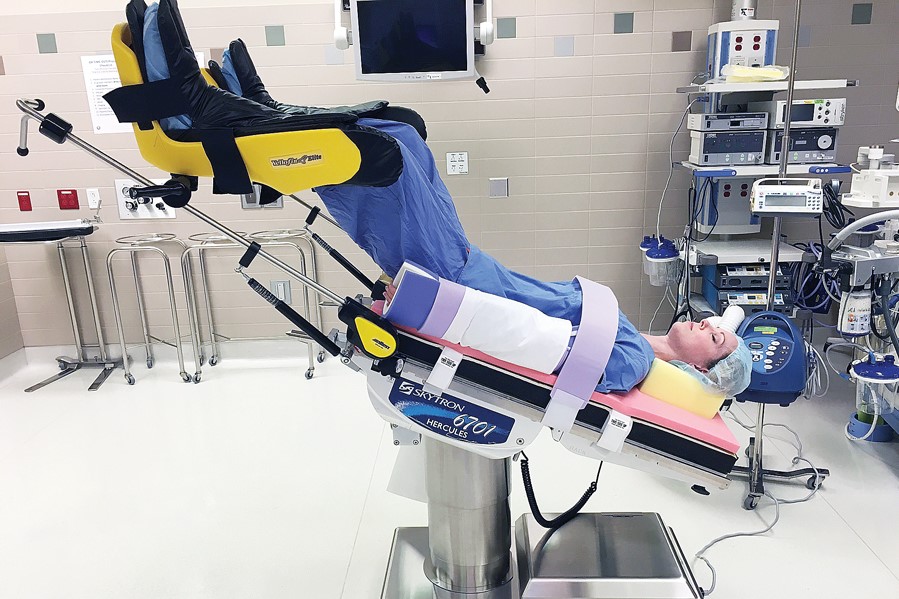
Trendelenburg (antishock) positie wat het is en wanneer het wordt aanbevolen
Existen ocasiones en las que se nos pasa por alto la importancia que tiene sobre la salud del paciente el hecho de adoptar una correcta posición corporal. Revisando la bibliografía vemos los beneficios que el tratamiento postural tiene sobre la clínica de algunas patologías y puede observarse como mejora la función respiratoria, el estado hemodinámico,
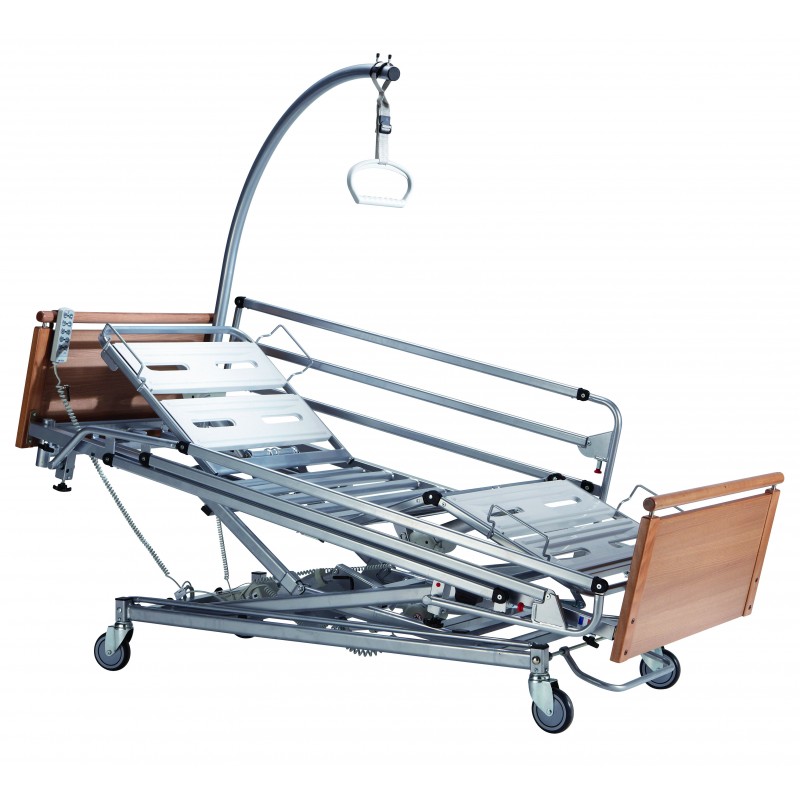
Antitrendelenburg bed
Citation, DOI, disclosures and article data. The Trendelenberg position is used in various interventional and diagnostic procedures whereby the patient is placed supine with the pelvis and lower limbs elevated above the head, typically 15-30°. A reverse Trendelenburg position, as the name implies, is merely a similar degree of feet-down, head up.

Trendelenburg/AntiTrendelenburg position for C213 [LIGHT] Medical furniture, massage tables
What is the Trendelenburg Position on hospital beds? - Innova Care Concepts

TRENDELENBURG POSITION REVERSE TRENDELENBURG POSITION [DEFINITION AND USES] YouTube
The Anti-Trendelenburg position, also known as the Reverse-Trendelenburg position, involves placing the patient in the same position at an incline of between 15 and 30 degrees. In this case, though, the head is than the legs. German surgeon Friedrich Trendelenburg invented the position; he used this method initially to improve the exposure of.